1. Mountain Dew
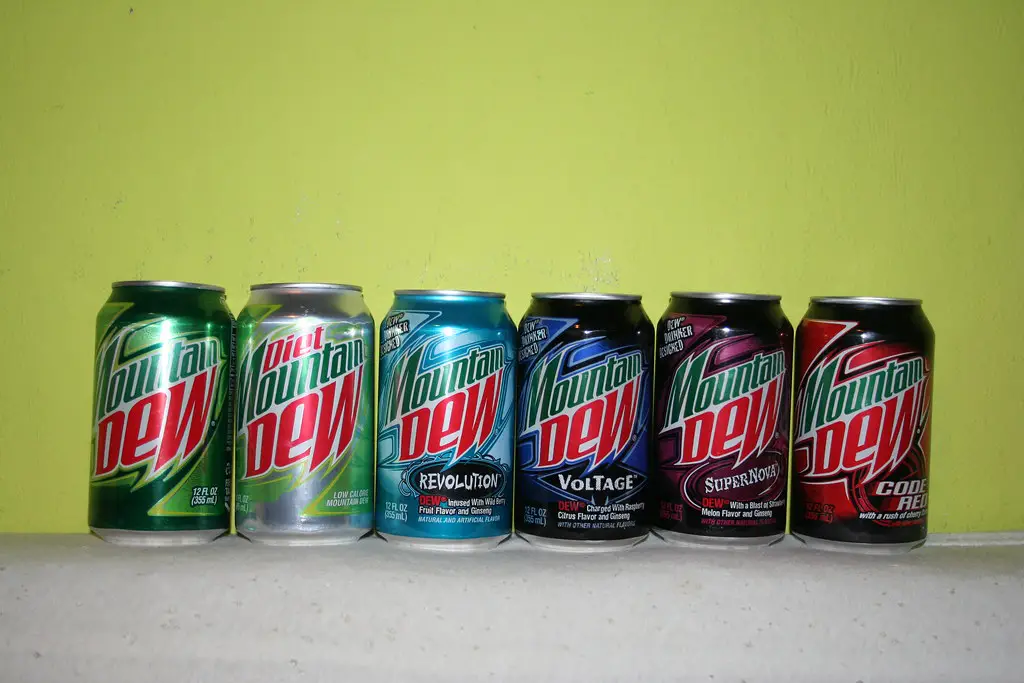
Mountain Dew might be a fan favorite in the U.S., but it’s actually banned in countries like Japan and the European Union. The reason? It contains brominated vegetable oil (BVO), which has been linked to health issues like memory loss and skin irritation shares MSN.
BVO is used to keep the citrus flavor evenly distributed, but it’s also found in flame retardants, which is enough to make other countries say “no thanks.” While the U.S. has allowed limited use, places with stricter food safety laws have taken a hard pass. That signature neon color? It’s not helping its case. Some American companies have started reformulating to remove BVO, but the original recipe still lingers. If you’re sipping one right now, you’re enjoying something most of the world won’t touch adds Fortune.
2. Farm-Raised Salmon
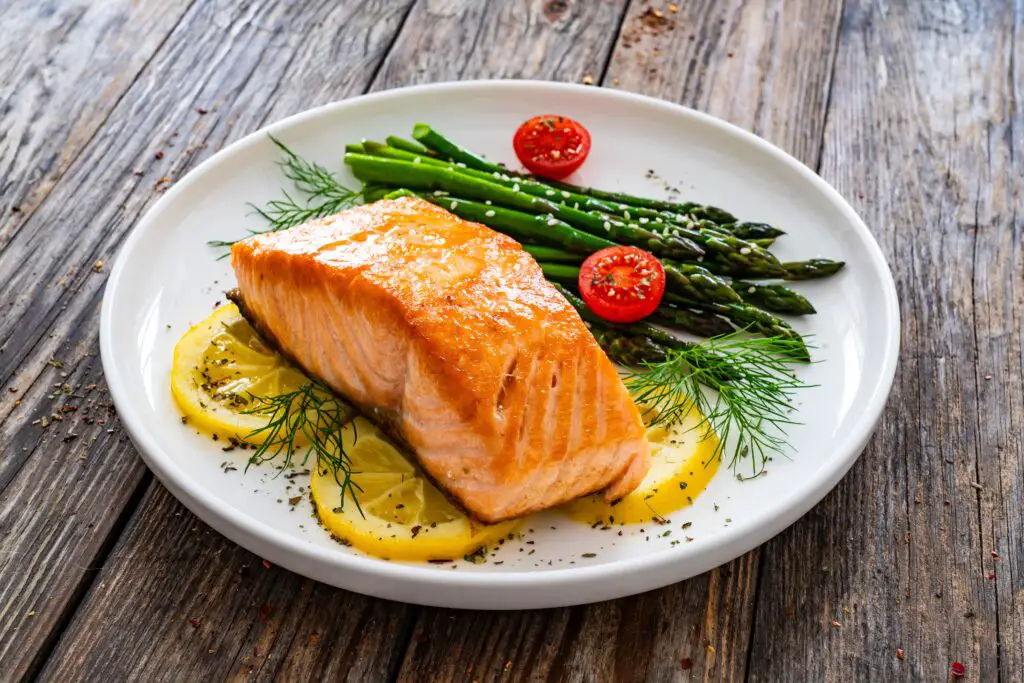
In America, farm-raised salmon is widely available, but countries like Australia and New Zealand have said no to certain versions of it. The issue lies in the synthetic pigments and the feed used, which can contain chemicals and antibiotics shares the Guardian.
Wild salmon gets its pink color from its natural diet, while farm-raised varieties often rely on artificial coloring to achieve the same look. That may not sound alarming at first, but those additives have raised health concerns abroad. Some European countries also restrict certain fish farming practices for environmental reasons. It’s not just about what’s in the fish, but also what’s happening to the waters around them. So while it’s common here, others stick to the wild-caught kind for peace of mind adds Paste Magazine.
3. Ractopamine-Fed Pork
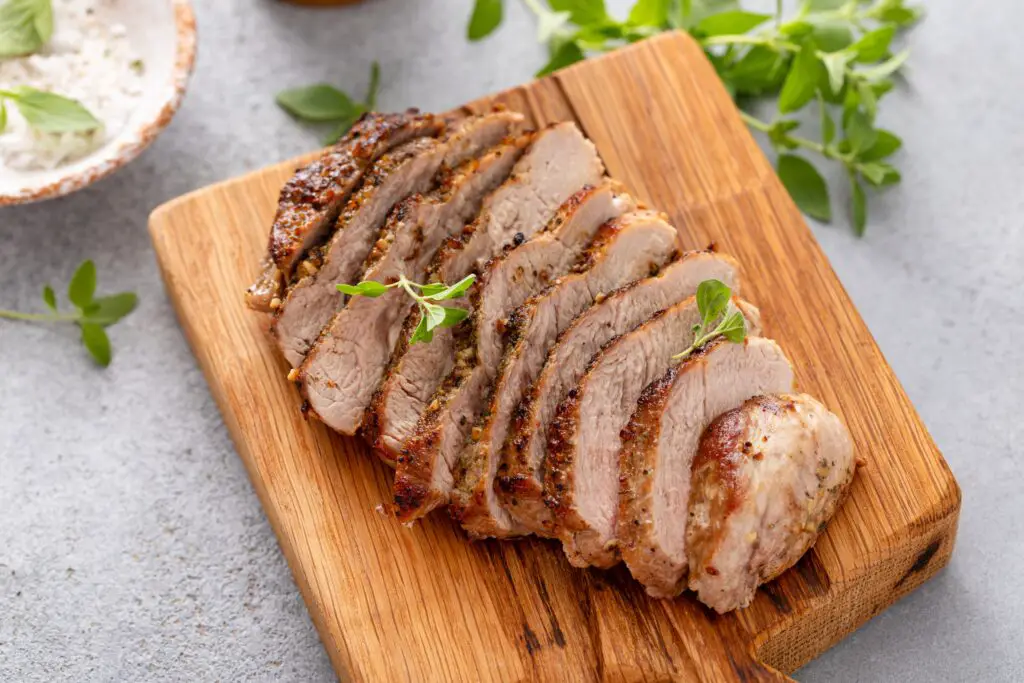
Ractopamine is a growth-promoting drug used in the U.S. pork industry to make pigs leaner faster. But it’s banned in more than 160 countries, including China, Russia, and all of the European Union.
The drug has been linked to cardiovascular issues and hyperactivity in animals, and potential health effects in humans are still being debated. While the U.S. FDA deems it safe within certain limits, many other countries aren’t taking any chances. It’s also become a huge trade issue, with countries refusing to import pork that doesn’t meet their standards. If you’ve never heard of ractopamine before, you’re not alone—it’s not something most people know they’re eating. But outside the U.S., it’s a deal breaker.
4. Frosted Flakes
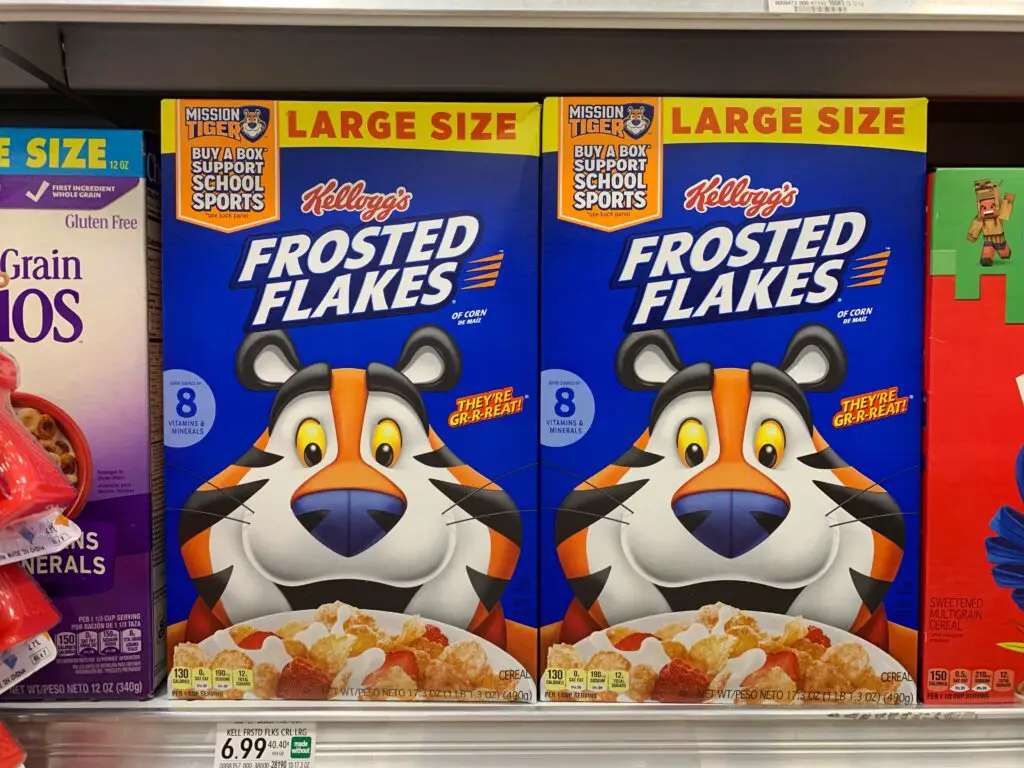
Cereal aisles in America are colorful for a reason, and one of the key players is artificial food dye. In particular, Yellow 5 and Red 40 are used in cereals like Frosted Flakes to keep them looking bright and fun, but they’ve been banned or restricted in places like Norway and Austria.
These dyes have been linked to hyperactivity in children and are suspected of being carcinogenic. The European Union requires warning labels on foods containing these dyes, which has led many manufacturers to find natural alternatives. In the U.S., they’re still widely used with few restrictions. Many parents might be surprised to learn what’s in that bowl of cereal. Internationally, the risk isn’t worth the colorful payoff.
5. Artificially Hormoned Beef

Hormone-treated beef is another staple in the U.S. that’s gotten a hard “no” from other nations. The European Union banned beef from hormone-treated cattle all the way back in 1989 due to concerns over potential cancer risks.
American cattle are often treated with hormones like rBGH and estradiol to promote faster growth. While the USDA maintains the meat is safe, international food safety agencies have challenged those claims. Some studies suggest hormonal residues may affect human health, especially in children. This has led to a long-standing trade dispute between the U.S. and the EU. While Americans grill it up regularly, other countries are sticking with hormone-free options.
6. Little Debbie Swiss Rolls
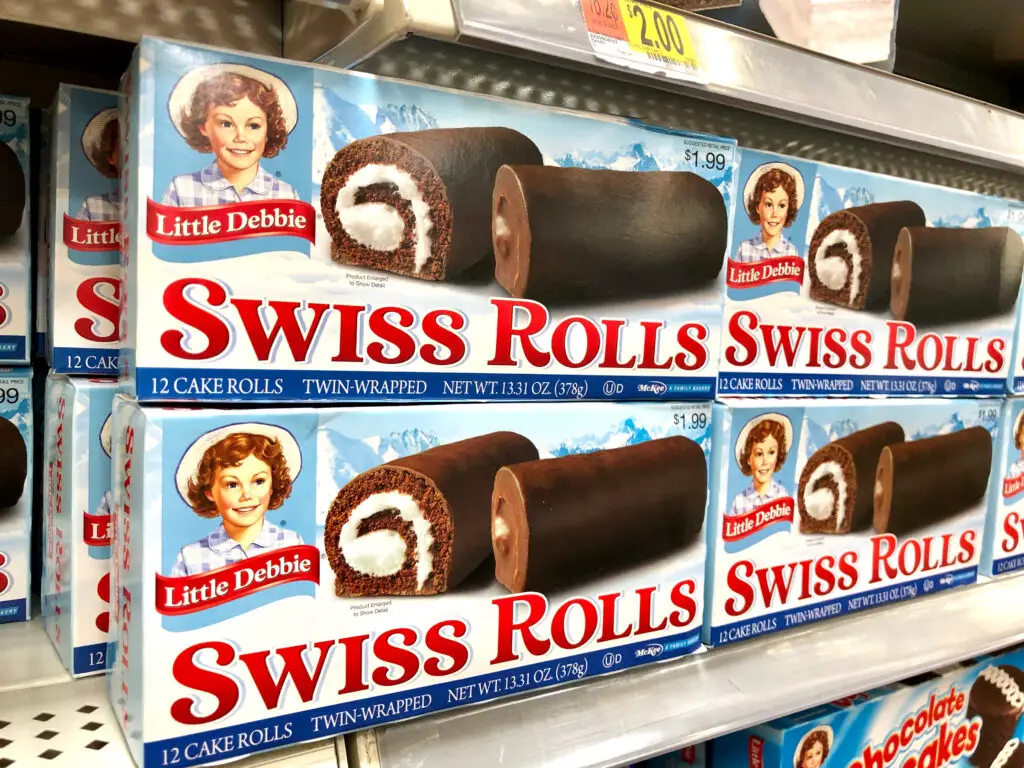
Little Debbie Swiss Rolls might be nostalgic and delicious, but certain versions are banned in countries like Norway and Austria because of food dyes and controversial preservatives. The additives in question include Yellow 5, Red 40, and BHA.
BHA, short for butylated hydroxyanisole, is a preservative that some studies have linked to cancer in animals. While the FDA considers it safe in low doses, other governments prefer to err on the side of caution. Combined with artificial dyes, it’s enough for other nations to keep them off shelves. Here, we think of them as a harmless treat. But abroad, they’re treated more like a chemical cocktail.
7. Bread with Potassium Bromate

In the U.S., potassium bromate is used in some breads and baked goods to improve texture and rise. But it’s banned in countries like the United Kingdom, Canada, and Brazil because it’s been linked to cancer in animal studies.
The chemical is added during the dough-making process, and while it usually breaks down during baking, traces can remain. That’s been enough for other countries to label it a possible carcinogen and remove it from the food supply. Despite those concerns, it’s still legal and relatively common in American bakeries and supermarkets. Most consumers have no idea it’s even there. Internationally, many just aren’t willing to roll the dice.
8. American Cheese
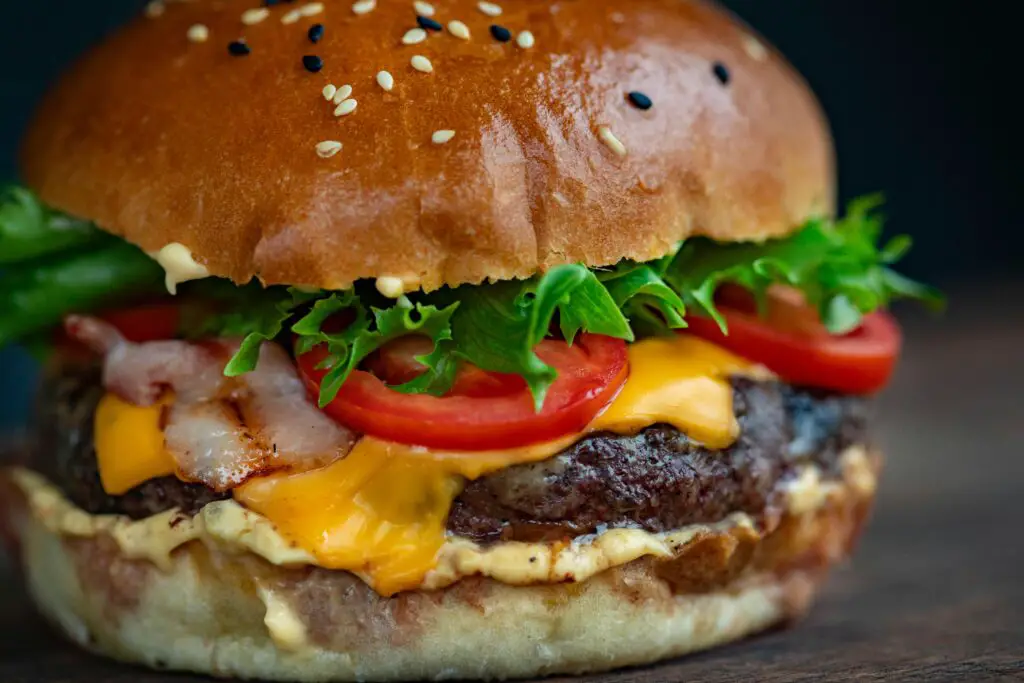
Believe it or not, American cheese—those smooth, orange slices—is banned in some parts of the world. That’s because it doesn’t meet the legal definition of cheese in places like Switzerland and Norway due to its high levels of additives and processing agents.
What we call “cheese” is often more of a “cheese product,” made from a blend of milk, whey, emulsifiers, and food coloring. That combination results in a shelf-stable slice that melts like a dream but lacks the real dairy profile required by stricter standards. Some countries see it as too processed to qualify as a genuine dairy item. While Americans might not think twice about adding it to a burger, others simply won’t allow it.
9. Skittles
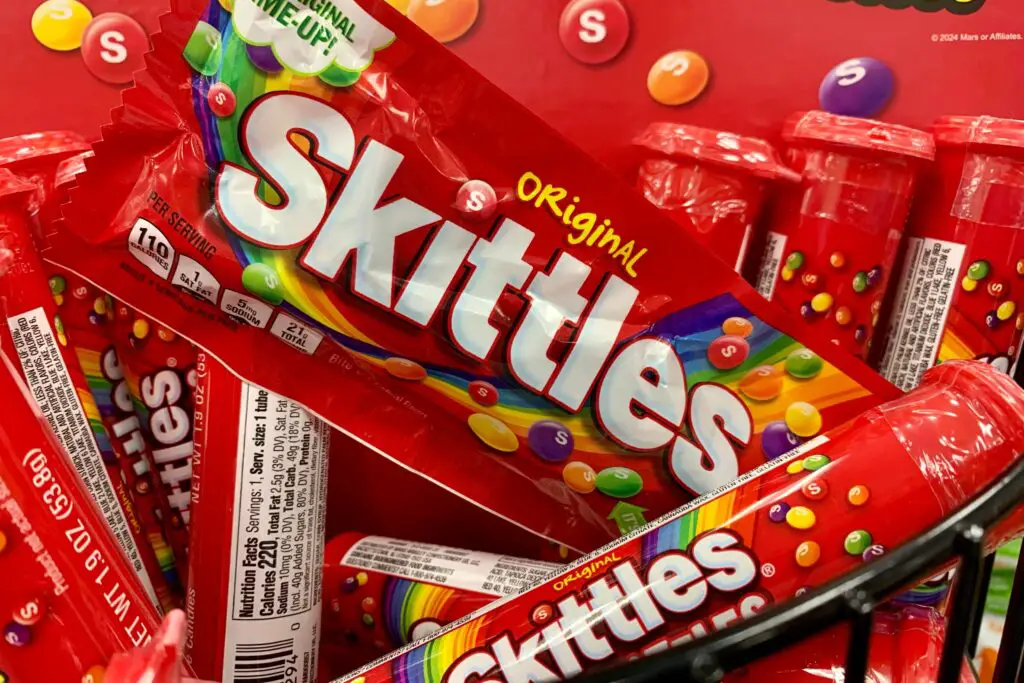
Skittles are a staple candy in the U.S., but their colorful coating has gotten them banned or reformulated abroad. The main concern lies in the artificial dyes and titanium dioxide, which is used for whitening and is restricted in the European Union.
Titanium dioxide has been flagged for possible DNA damage in recent studies, which led France to ban it entirely in food products. Skittles also use Red 40, Yellow 5, and Yellow 6—all of which have been linked to behavioral issues in children. In the U.S., they’re still considered safe and don’t require warning labels. Abroad, the decision has been to play it safe and go dye-free. So if you’re tasting the rainbow, you’re eating something many others won’t.
10. Instant Mac and Cheese
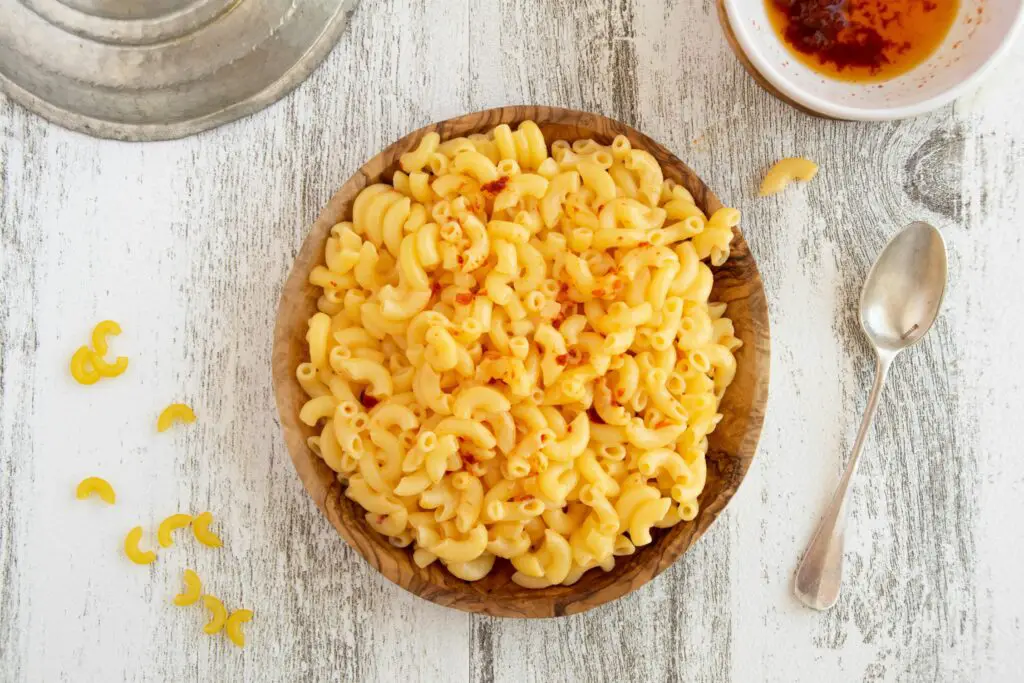
That bright orange mac and cheese so many of us grew up with? It’s not quite as loved elsewhere. Some versions of American instant mac and cheese have been banned in countries like Norway and Austria due to artificial colors and preservatives.
Ingredients like Yellow 5 and Yellow 6 are the main culprits, both of which are restricted or require warning labels in the EU. These dyes help achieve that signature neon cheese look, but at what cost? International regulators aren’t convinced they’re safe, especially for children. Many countries have insisted on dye-free alternatives or banned the product entirely. In the U.S., it’s still a go-to comfort food, no matter the color.
11. Olestra Chips
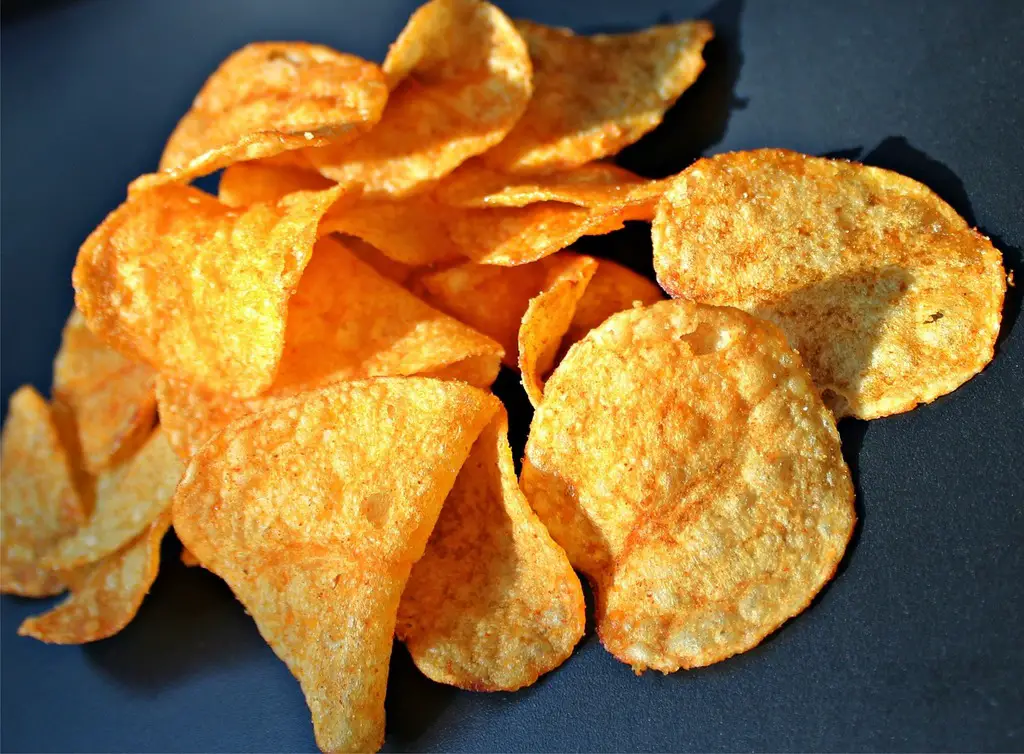
Back in the ’90s, fat-free chips made with Olestra seemed like a dream come true. But that dream didn’t last everywhere. Olestra, a fat substitute, has been banned in the U.K., Canada, and the European Union due to its side effects.
Olestra was known for causing digestive issues, including cramps and, in some cases, what the packaging called “anal leakage.” It also blocked the absorption of some essential nutrients. While the FDA allowed it with warning labels, other countries chose to ban it outright. American snack shelves no longer feature it widely, but it’s still a cautionary tale. Other nations decided it just wasn’t worth the risk for a few extra chips.
12. Maraschino Cherries

Those glossy red cherries topping your sundae may not be so sweet elsewhere. Some countries have banned maraschino cherries because of the Red 40 dye and formaldehyde-forming preservatives used in their processing.
Red 40 has long been controversial, and while it adds that vibrant color, it comes with potential health concerns. Formaldehyde, even in trace amounts, is a known carcinogen, and it’s used to preserve the cherries’ shelf life. European countries have much stricter regulations on both. In the U.S., they’re still considered safe and legal. But in places with tighter food laws, those cherries are anything but a treat.
